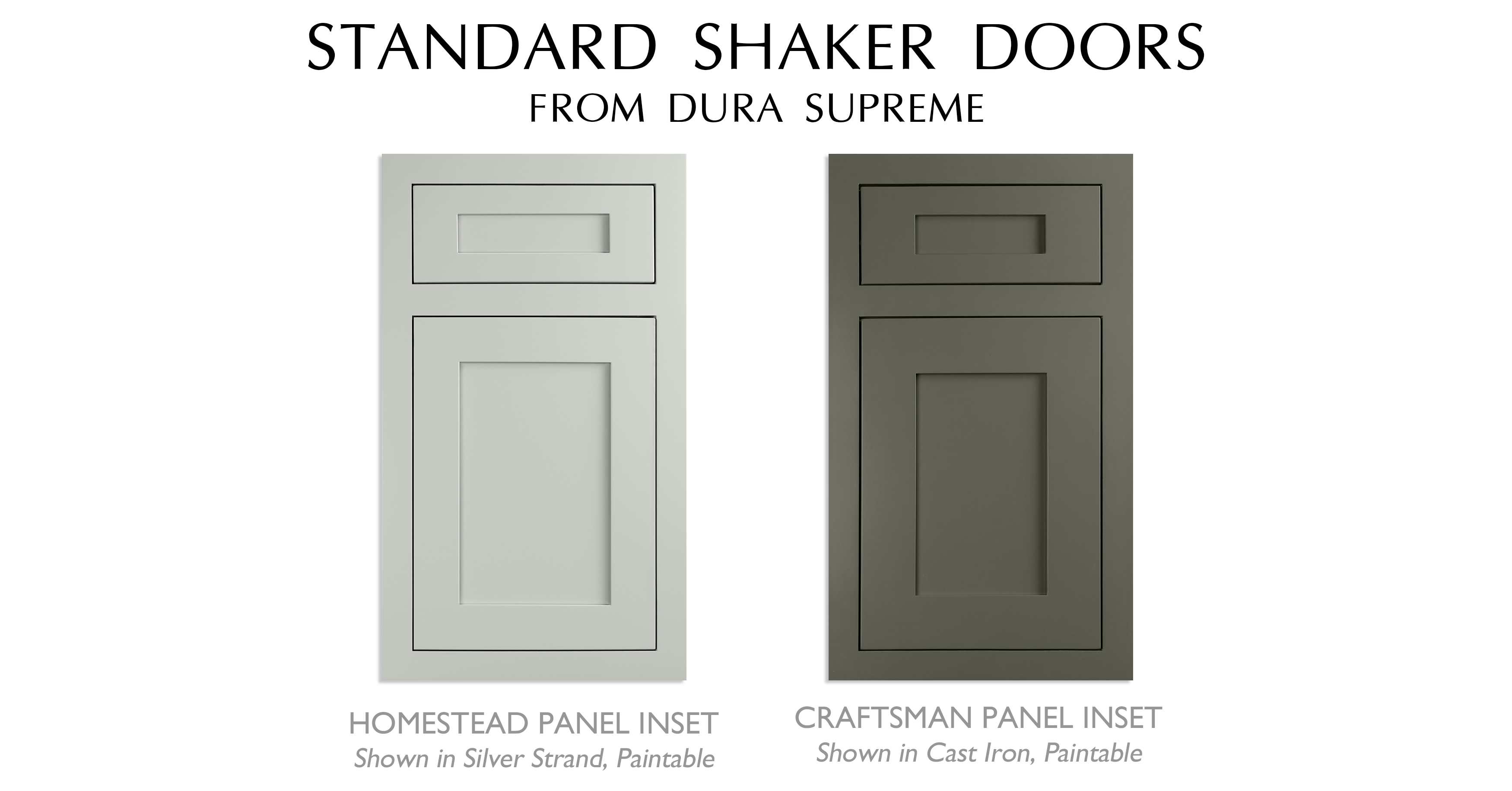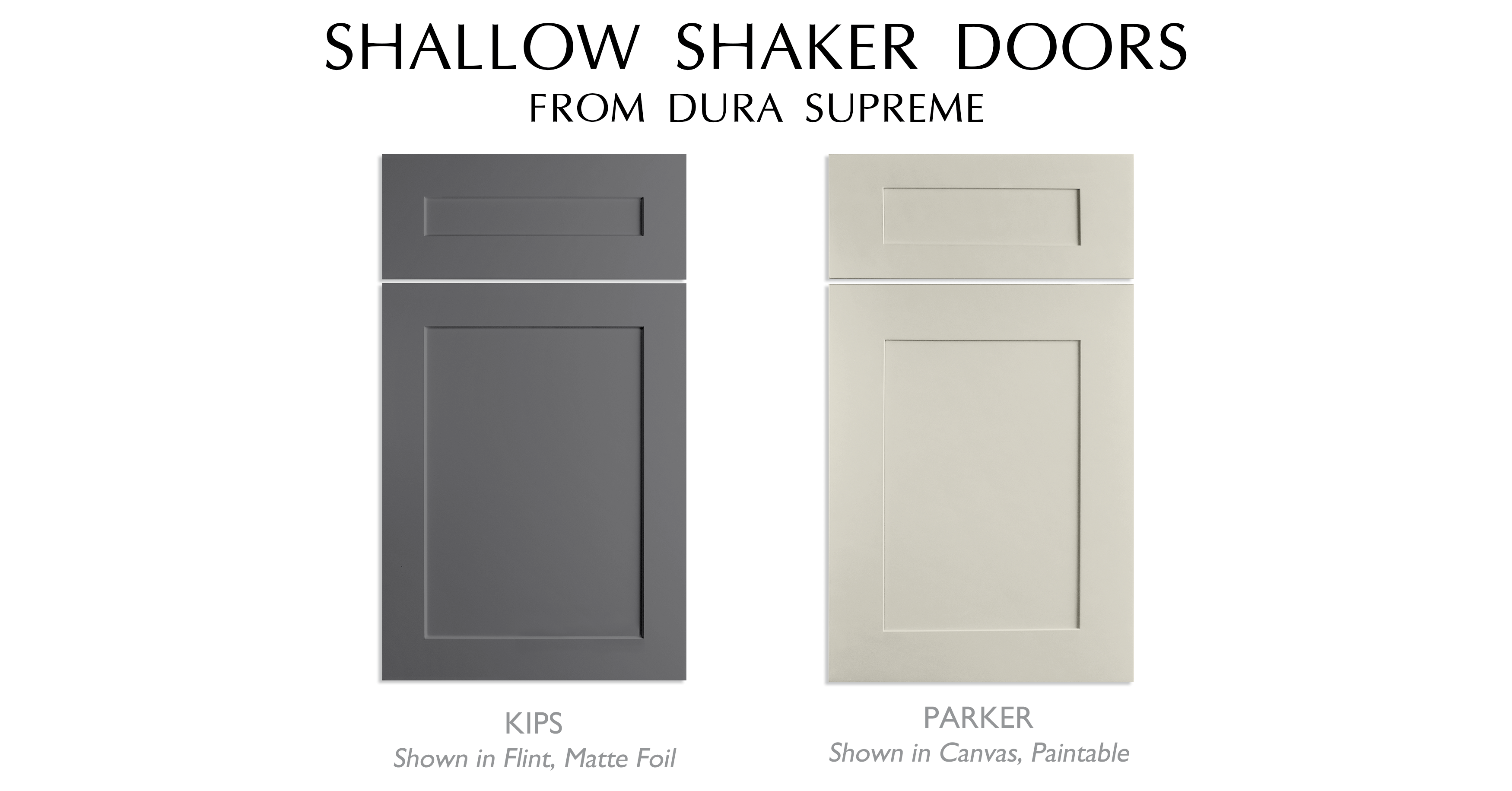Shaker Cabinet Door Panel Thickness Standards and Variations

Okay, so you’re thinking about shaker cabinets, huh? Totally stylish, super versatile. But before you dive headfirst into a kitchen remodel worthy of a celebrity chef, let’s talk about something crucial: door panel thickness. It’s a detail that might seem small, but it seriously impacts the final look and feel of your cabinets – think difference between a knock-off and a genuine Hollywood Hills kitchen.
Shaker Cabinet Door Panel Thickness Comparison
Let’s get down to brass tacks. The thickness of your shaker cabinet doors affects everything from their sturdiness to their overall aesthetic. Think of it like this: a thin panel might look a little flimsy, like that cheap plastic guitar you got as a kid, while a thicker one projects a sense of quality, like a vintage Les Paul. Here’s a breakdown of some common thicknesses, keeping in mind that these are averages and can vary based on manufacturer and specific door style.
| Manufacturer | Style | Thickness (mm) | Thickness (inches) |
|---|---|---|---|
| Company A (Example) | Standard Shaker | 19 | 0.75 |
| Company B (Example) | Raised Panel Shaker | 22 | 0.87 |
| Company C (Example) | Flat Panel Shaker | 16 | 0.63 |
| Company D (Example) | Slab Shaker | 25 | 0.98 |
Note: These are example manufacturers and thicknesses. Always check with individual manufacturers for precise specifications.
Visual Impact of Door Panel Thickness
Think of it like comparing a vintage muscle car to a modern compact car. A thicker door panel on a shaker cabinet creates a more substantial, weighty look. It gives the cabinet a premium feel, like that leather-bound journal you keep your deepest secrets in. A thinner panel, on the other hand, can appear more delicate and minimalist – think sleek, modern design. The visual difference is pretty significant, almost like comparing a classic Hollywood starlet to a fresh-faced ingenue. The thicker panel often conveys a sense of higher quality and durability, a feeling you want in a kitchen investment.
Wood Species and Door Panel Thickness
The type of wood you choose also plays a role. Hardwoods like oak or maple, known for their strength and durability, can handle thinner panels without compromising structural integrity. It’s like building a skyscraper; you can use lighter materials if your structural engineering is top-notch. Softer woods, like pine, might require thicker panels for the same level of robustness. Think of it like the difference between building a sandcastle and a brick house; you’d need a thicker foundation for the latter. The wood species also impacts the visual appeal. Oak, with its rich grain, can make even a relatively thin panel look impressive, while a lighter wood like pine might benefit from a thicker panel to create a more substantial look. It’s all about finding the right balance between aesthetics and structural integrity – a harmonious blend like a perfectly mixed cocktail.
Factors Influencing Shaker Cabinet Door Panel Thickness Selection

Choosing the right thickness for your shaker cabinet door panels is like picking the perfect pair of jeans – it’s all about finding the sweet spot between style, durability, and your budget. Too thin, and your doors might feel flimsy and prone to damage. Too thick, and you might be overspending without a noticeable upgrade in quality. Let’s break down what influences this crucial decision.
Panel Thickness, Durability, and Lifespan
The thickness of your shaker cabinet door panels directly impacts their durability and how long they’ll last. Thicker panels are naturally more resistant to dents and warping, ensuring your cabinets stay looking sharp for years to come. Think of it like this: a thicker panel is like a heavyweight boxer – it can take a punch (or a dropped casserole dish) much better than a lightweight contender.
| Thickness (inches) | Impact Resistance | Lifespan (Years) |
|---|---|---|
| 3/4 | Moderate; susceptible to dents with significant impact. | 10-15 (with proper care) |
| 1 | High; resists most dents and impacts. | 15-20+ (with proper care) |
| 1 1/4 | Very High; extremely resistant to damage. | 20+ (with proper care) |
*Note: Lifespan estimates assume proper installation, maintenance, and normal use. Extreme impacts or neglect will shorten the lifespan regardless of thickness.*
Panel Thickness Based on Cabinet Size and Intended Use
The ideal panel thickness also depends on where your cabinets are going. A bathroom cabinet, for example, might see more moisture and less heavy use than a kitchen cabinet, so it might not need the same level of robust construction.
Shaker cabinet door panel thickness – Here’s a quick guide:
- Kitchens: Kitchens are high-traffic areas. A 1-inch or even 1 1/4-inch panel thickness is recommended for maximum durability, especially for larger cabinets and those that hold heavier items. Think about those giant pots and pans!
- Bathrooms: Bathrooms experience moisture fluctuations. While a 3/4-inch panel might suffice for smaller bathroom cabinets, a 1-inch panel offers better protection against warping from humidity.
- Pantry Cabinets: Pantry cabinets often hold canned goods and other heavier items. A 3/4-inch panel might be okay for smaller pantry cabinets, but a 1-inch panel is preferred for larger units to prevent sagging or bowing over time. Think about all those cans of soup!
Budget Considerations and Cost Implications, Shaker cabinet door panel thickness
Let’s be real, budget matters. Thicker panels generally cost more due to the increased material usage. While a 3/4-inch panel might save you a few bucks upfront, consider the potential for repairs or replacements down the line. A thicker, more durable panel can be a worthwhile investment in the long run, especially for high-use areas like kitchens.
For example, a 10-cabinet kitchen project might see a cost difference of $100-$300 between using 3/4-inch panels versus 1-inch panels. However, that extra cost could prevent costly repairs or replacements later on, potentially saving you hundreds or even thousands of dollars in the long run.
Shaker Cabinet Door Panel Construction and Material Choices: Shaker Cabinet Door Panel Thickness

Building shaker-style cabinet doors is like crafting a mini-masterpiece – clean lines, simple elegance, and a whole lot of personality. Getting the panel thickness right is key to achieving that perfect look and ensuring durability, but the materials and construction methods play just as big a role. Think of it as choosing the right cast for your movie – the wrong choice, and the whole production falls flat.
This section breaks down the process of constructing a shaker cabinet door, highlighting the importance of panel thickness at each step, and then dives into the material options, comparing the pros and cons of each, so you can pick the perfect “cast” for your project.
Shaker Cabinet Door Panel Construction: A Step-by-Step Guide
Building a shaker door is more straightforward than you might think. The key is precision and attention to detail. The panel thickness influences every step, from initial cuts to the final finish. A thicker panel provides more stability and reduces the risk of warping, while a thinner panel might be easier to work with but requires more careful handling.
- Cut the Frame: Begin by cutting the frame pieces (rails and stiles) to the desired dimensions. The thickness of these pieces should be consistent with your chosen panel thickness to ensure a flush fit. Thicker panels often call for thicker frames for structural integrity.
- Cut the Panel: Cut the center panel to fit snugly within the frame. The panel thickness is critical here; too thick, and it won’t fit; too thin, and it might sag or warp over time. Accurate measurements are absolutely essential.
- Assemble the Frame: Use wood glue and clamps to carefully assemble the frame. Ensure the joints are tight and square. The thickness of the frame pieces and panel will affect the overall strength and stability of the assembly.
- Insert the Panel: Once the glue is dry, carefully insert the panel into the frame. A perfectly sized panel will sit flush, creating a clean, professional look. Again, panel thickness is key here.
- Finishing Touches: Sand the entire door smooth, paying special attention to the joints. Apply your chosen finish (paint, stain, etc.). A thicker panel might require more sanding to achieve a perfectly smooth surface.
Shaker Cabinet Door Panel Material Comparison
Choosing the right material for your shaker cabinet doors is like picking the right superhero for the job. Each material brings its own strengths and weaknesses to the table. Consider your budget, desired aesthetic, and the level of durability you need when making your selection.
| Material | Advantages | Disadvantages | Thickness Considerations |
|---|---|---|---|
| Solid Wood (e.g., Oak, Maple, Cherry) | Durable, beautiful grain, repairable, classic look. | Expensive, can warp or crack if not properly dried, requires more maintenance. | Thicker panels offer more stability; thinner panels are more prone to warping. |
| Medium-Density Fiberboard (MDF) | Inexpensive, smooth surface, easy to paint, consistent density. | Not as durable as solid wood, susceptible to moisture damage, can chip or dent easily. | Thicker panels offer more strength and resistance to sagging; thinner panels are more prone to bending. |
| Plywood | Strong, stable, relatively inexpensive, less prone to warping than solid wood. | Can be more difficult to finish smoothly, layers may show through paint. | Thickness impacts strength and resistance to sagging; thinner panels can be more flexible. |
